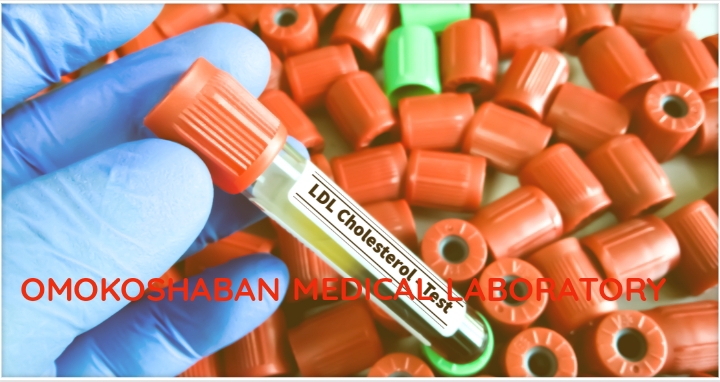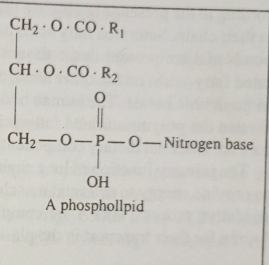To be performs their physiological function, lipids must be capable of movement from one cell or tissues to another one in an aqueous environment.
Lipids are bound to specific proteins to form lipoproteins which provide solubility in the aqueous environment and can be metabolised.
Lipoproteins have a spherical shape with neutral lipids such as cholesterol ester or triglycerides at the centre, surrounded by free cholesterol, phospholipids and proteins on the surface. Specific proteins called apolipoproteins which have both hydrophilic and hydrophobic charges on their surface, are associated with lipoproteins.
Depending on deer density, proteins can be separated into several fractions according to the rate of sedimentation (S) or by Svedberg floatation index (Sf).
Usually the sedimentation rate increase with the molecular weight of protein but lipoprotein are exceptions to this rule.
In lipoprotein the lipid fractions attached to their apoprotein are lighter than water, and therefore, lipoproteins are higher molecular weight, low density, large size molecules.
Ultracentrifugation separate lipoproteins on the basis of their density into very low density lipoprotein (VLDL), inter-mediate-density lipoprotein (IDL), low low density lipoprotein (LDL) and high density lipoprotein (HDL), with exception of chylomicrons.
Chylomicrons
Chylomicrons are responsible for the visual appearance of the plasma.


